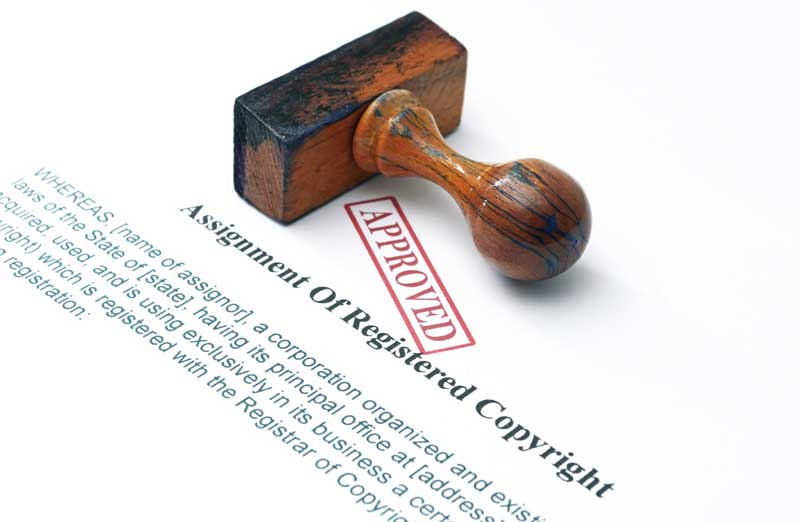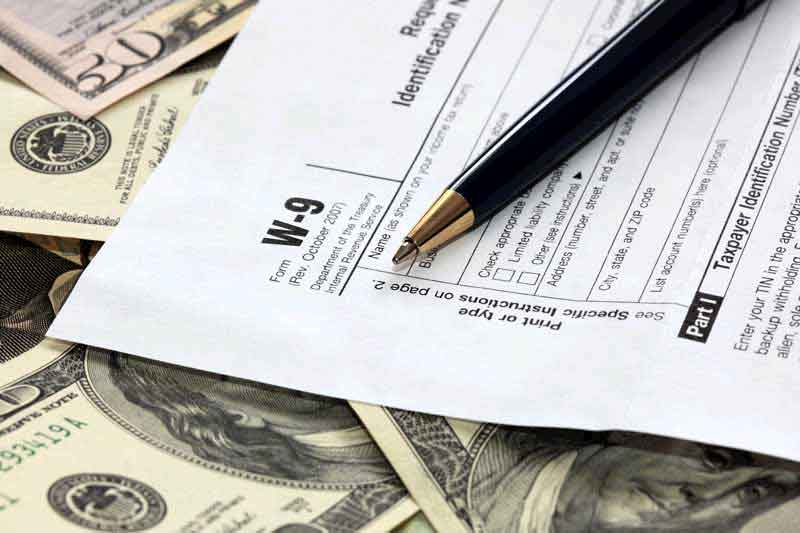Assessing the value of a business is key to a successful transaction. There is no glory in overpaying; just ask HP, the not-so-happy buyer of Autonomy, a British software company.
Especially for smaller businesses, a multiple of adjusted earnings is the most commonly used method to arrive at a purchase price. Think of adjusted earnings as the cash that is available to a business owner after paying operating expenses, debt service and marketing expenses. The truest measure of the value of a business is what the buyer can expect to make from the business after he or she takes over; not what the seller has made in the past, and calculating adjusted earnings is the first step in arriving at a purchase price.
 To calculate adjusted earnings, start with the pre-tax profit; then add back (a) the owner’s salary and the cost of his or her benefits; (b) interest on debt service; and (c) depreciation, less an allowance for capital expenditures. The result is cash available to the owner.
To calculate adjusted earnings, start with the pre-tax profit; then add back (a) the owner’s salary and the cost of his or her benefits; (b) interest on debt service; and (c) depreciation, less an allowance for capital expenditures. The result is cash available to the owner.
The owner’s salary and benefits are added back because these are a direct benefit to the owner. Interest is added back because a seller will typically pay off any loan with the proceeds of the sale of his or her business, eliminating interest expense for the buyer. If the buyer intends to finance all or part of the purchase price, the interest add-back will be adjusted to reflect the cost of servicing the new debt. Depreciation is added back because it is a non-cash accounting expense, and does not reduce the amount of cash available to the business owner. However, depreciation expense is reduced by an amount sufficient to create a reserve to fund the purchase of capital equipment that will eventually have to be replaced.
The next step is to average those adjusted earnings over time to account for factors external to the business, such as overall economic conditions or unforeseen events, such as supply chain disruptions or severe weather.
The final step is to apply a multiple to adjusted earnings, the purpose of which is to value a business over time.
Businesses where most, if not all, of the value resides in the owner will typically justify a multiple of only one times adjusted earnings. Professional and consulting practices and one-person businesses are in this category because a new owner may not be able to closely replicate the factors that contributed to the business’s success.
Businesses that can show a sustained upward trend in revenue and profits; that have a large customer base, an exclusive territory or perhaps some proprietary process or information, or are part of growing industries will sell at a higher multiple, perhaps up to three or more times adjusted earnings.
Establishing a multiple can be tricky because there is so much to consider. Location; the breadth and depth of the customer base; the capacity of the business to transition from one owner to another; competition; growth potential; all of these things figure in arriving at a multiple. Add to that a seller who always thinks the value of his business should reflect his emotional attachment to something he may have nurtured for years, and it is easy to see that arriving at a multiple is more art that science and is heavily dependent on the experience and objectivity of the buyer and his or her advisors.
Whether on the buy-side or the sell-side, a successful deal is enormously satisfying. Big or small, they share many of the same issues and challenges, and experience counts in guiding a deal to a successful conclusion.








Leave a Reply